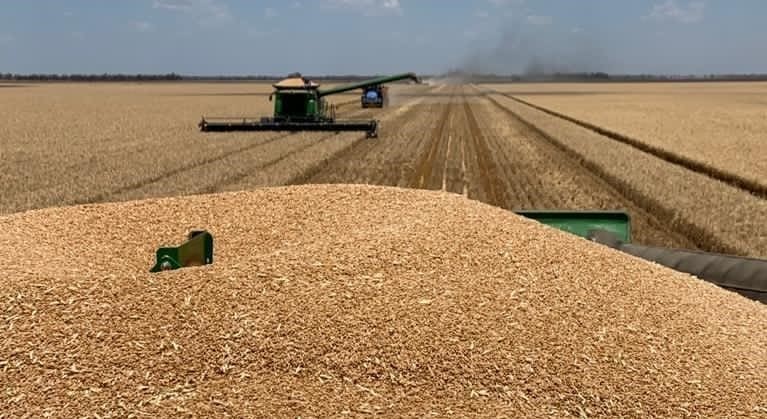
CLIMATE variability, fluctuating commodity prices, rising costs, and fewer new technological advances have slowed productivity growth in Australian broadacre agriculture over the past two decades, according to a new ABARES report.
The report, Australia’s farm productivity slowdown — why it matters, and what it means for policy makers, identified a slowdown in the agricultural productivity growth rate since 2000.
Throughout the 1980s and 1990s, broadacre farm productivity grew at an annual rate of 2.18 percent, while since 2000, productivity has risen by 0.72pc per year.
Over the past 23 years, productivity growth has been unevenly distributed in Australian agriculture.
Broadacre cropping farms recorded higher productivity at 1.4pc, while beef farms saw a decline of 0.5pc.
Productivity trends also differ considerably by farm size, with small farms achieving lower average annual productivity growth at 0.24pc compared to large farms at 1.65pc.
ABARES executive director Jared Greenville said climate variability, particularly drought, was having an important impact.
“We have seen that changes in Australia’s climate have dragged down productivity growth, and when we experience severe drought productivity growth significantly drops away,” Dr Greenville said.
“Other factors are also at play, including rising input costs, fluctuating commodity prices, fewer new transformative technological developments, slowing economic dynamism, and limited opportunities for productivity enhancing policy intervention.”
Dr Greenville said that when productivity stopped growing, it was increasingly difficult for farmers to compete in international markets where prices are often low or volatile, and competition is high.
“It means that the price buffer which farmers can accept for their outputs while remaining profitable is increasing at a slower rate than before.”
Dr Greenville said it was important to note also that agriculture was part of a wider long-term productivity slowdown occurring across the Australian economy.
For example the market sector recorded an annual growth rate from 1994 to 2023 of 0.29pc, while over this same period, the broadacre productivity growth rate was 0.52pc.
Productivity opportunities
Dr Greenville said there were a range of options for governments and farmers to increase the rate of productivity growth.
“While other industries look for answers, agriculture can lead the way out of this national challenge.”
“We are not out of options.
“Many things can be done to drive productivity growth.”
The report said research and development investment supports productivity and returns to public investment in R&D remain very high, and warrant ongoing funding.
ABARES research has found that for every $1 invested in agricultural R&D, there is an almost $8 return for farmers over 10 years.
However, public investment in farm R&D has only increased gradually in recent years and can take years to flow through to farm productivity.
Dr Greenville recommended a blend of public and private R&D investment to promote on-farm productivity.
“When we remove the effect of climate variability, we still observe productivity growth as farmers continue to adopt existing technologies and practices and from the investments made in our R&D system.
“Continued investment in R&D and practices to help agriculture thrive in a changing climate, along with uptake of new technologies by farms will be key.”
For farmers, the report suggested productivity gains were made via changing production systems, generating specialist outputs or adjusting the output mix.
Other factors impacting productivity growth included maintaining an open market and considering policies targeted at improving low performance farms via management changes or farm consolidation.
“Productivity also thrives in free and open markets, so government should ensure that farms are able to consolidate or change without unnecessary barriers.
“Industry and government will need to think creatively to identify new sources of productivity growth so that Australia continues to be a competitive leader in farming.”
Source: ABARES

HAVE YOUR SAY